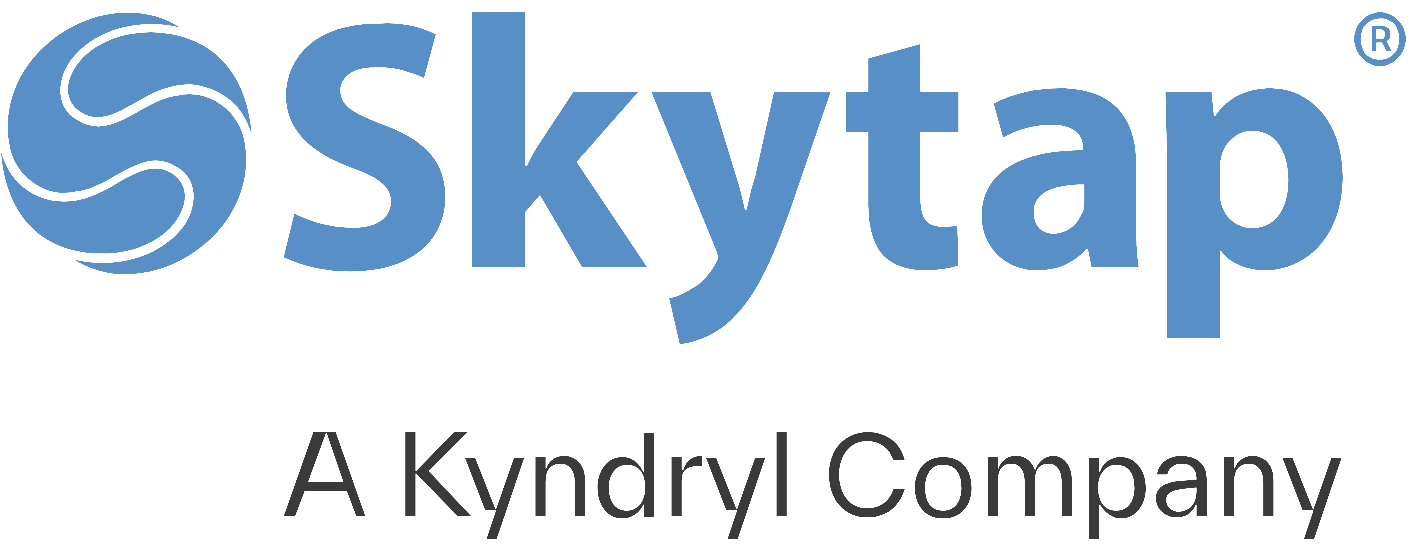What is the IBM Power Estate?
All organizations have some type of digital estate which is a collection of assets that include their virtual machines (VMs), physical servers, applications, and data. All of these assets power the organization and its operations.
For those organizations with an investment in IBM Power, we look at segmenting the overall digital estate to the Power estate. While functionally similar, the terminology can be slightly different.
An organization’s Power estate is comprised of:
-
IBM Power Systems (sometimes called frames): IBM Power Systems are the physical servers that Power workloads and their applications run on.
-
Power VM: Power VM is the virtualization engine that runs on IBM Power hardware.
-
LPARs (Logical Partitions): The LPAR is analogous to the Virtual Machine, or VM on x86.
-
Storage: While smaller organizations may use storage local to the Power system, most larger deployments use fiber attached storage to a Storage Area Network (SAN).
-
Virtual IO Systems: This is something most commonly called VIOS (Virtual Input Output System). VIOS provides network and storage connectivity for the LPARs running on a given Power System.
Current Cloud Rationalization and IBM Power Workloads
IBM Power Workloads have been in use for over thirty years and have unique considerations when migrating them to a cloud Platform.
The common Cloud rationalization approach for x86 workloads also apply to Power:
-
Rehost: This is commonly referred to as a lift of shift of existing workloads into a cloud provider with minimal change to the original architecture.
-
Refactor: In application refactoring, organizations will rewrite one or more application components to take advantage of native cloud services.
-
Rebuild: In some cases, it isn’t cost effective to refactor or rehost an application due to an aging code base, or a lack of knowledge as to how the legacy system works. In this case, the organization may decide to start from scratch and create a new version of the application completely rearchitected from the ground up into a native cloud-based application that leverages native services.
-
Replace: With the advent of newer cloud-native SaaS based applications, organizations may decide to simply purchase an entirely new application and sunset the original legacy application.
-
Retire: Through application discovery, the organization may determine that the application is no longer needed, and/or there is overlap with other applications. In this case, the application can simply be “turned off”.
Updated Cloud Rationalization and IBM Power Workloads
Prior to existence of Skytap on Azure, organizations would consider all of the approaches above for their Power applications, but after years of organization moving their applications to the Cloud, there are still thousands of applications running in the data center that are increasingly becoming stuck where they are. In this case, organizations do not want to make the investment to rearchitect, rebuild, replace, or retire them. The ability to now run IBM Power applications in hyper-scale cloud providers such as Microsoft Azure has changed the landscape of cloud rationalization. Let’s revisit each of them in more detail to describe how organizations may want to reconsider this process for Power applications.
-
Rehost: Prior to Skytap on Azure, there was not an easy way to rehost an application in Azure or another hyperscale provider. The “next best” option was to run Power applications in a colocation provider with a direct connection to the cloud provider of choice. This has the disadvantage of having to still maintain physical infrastructure. Skytap on Azure allows you move those workloads into Azure directly while maintaining the ability for them to run on Native IBM Power hardware. At the same time, these workloads are in close proximity to their Skytap x86, Azure x86 and Azure native cloud services which allows for continued high-performance and easier manageability. Rehost is essentially a new option for Power workloads that didn’t exist before in hyperscale cloud providers that is now a new reality with Skytap on Azure.
-
Refactor: With the ability to run Power based applications in Azure, the amount of refactoring you must do is greatly diminished. You can re-host the Power based application components that don’t lend themselves well to refactoring or would be too expensive to do so. Other components that are running on x86 such as a web-server, or application server can be refactored to running on cloud-based x86 or cloud-native solutions.
-
Rearchitect: It is beneficial to run large applications where the Power component is the “system of record” natively in Skytap on Azure. Examples include IBM i applications that are used for logistics or warehouse management where 90% of the application can be rearchitected to create a next-gen mobile application, or one that leverages AI. Instead of taking the time and incurring expenses to rearchitect the Power based component, it can simply live side-by-side with its cloud-native components.
-
Rebuild: There are plenty of IBM Power applications that are meeting user needs today and tomorrow. If there is a cloud-first strategy, does it make sense to rebuild it to be cloud-native? Instead of rebuilding it, it can simply be rehosted in Skytap on Azure.
Once you understand your IBM Power estate, you can start the process of discovery to determine what and how you will be migrating to Skytap on Azure.
IBM Power Discovery for on-premises workloads for migration to Skytap on Azure
| Operational Excellence Power Discovery & Design | Description |
|---|---|
| Power Discovery & Design - Ecosystems | Provides guidance on how to identify and document your IBM Power estate - Hardware level identification - LPAR size, CPU count, RAM, Storage. |
| Power Discovery & Design - Workloads | Provides guidance on how to identify and document your IBM Power estate - software level identification - Application requirements. |
